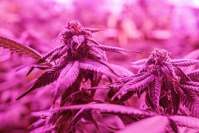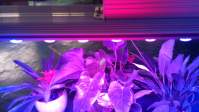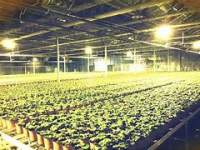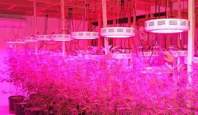What are the different wavelengths contained in the led plant lights?
The first choice for plant lighting, Yaorong Technology Service Provider, so that there are no difficult plants in the world
What are the different wavelengths contained in the led grow light?
Visible light blue-violet light and cyan light have a great effect on plant growth and the formation of young shoots. This kind of light energy inhibits the elongation of plants and makes them form a short and thick form; at the same time, blue-violet light can also dominate cell differentiation. Important light; blue-violet light can also affect the phototropism of plants. Ultraviolet rays inhibit the formation of certain growth hormones in plants, thereby inhibiting the elongation of stems. Ultraviolet rays can also cause phototropic sensitivity, and promote flowers like blue, violet and cyan light in visible light. The formation of penicillin. Red light in visible light and infrared light in invisible light can promote the germination of seeds or spores and the elongation of stems. Red light can still promote the decomposition of carbon dioxide and the formation of chlorophyll.
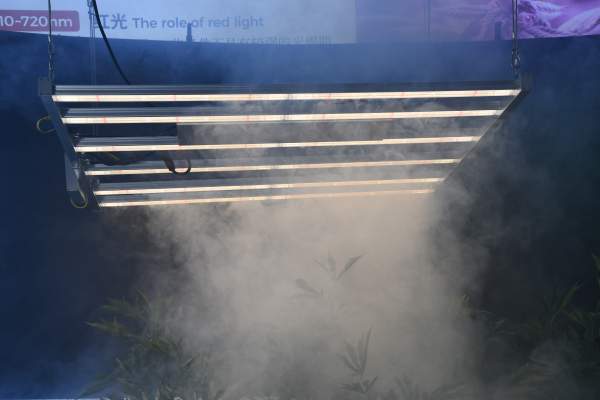
Solar spectrum
The influence of the spectrum on the photosynthesis of plants The light that has a greater influence on plants is mainly divided into three categories. Ultraviolet and visible light and infrared light. Let's analyze these three types of light in detail below.
The first band of radiant light: It is ultraviolet light that contains a lot of energy, but most of the ultraviolet light is absorbed by the ozone layer. Therefore, we are more concerned about the parts that are closely related to the agricultural film: ultraviolet-b (wavelength is between 280-320nm) and ultraviolet-a (wavelength is between 320-380nm), the two wavelengths of ultraviolet rays are different. Functions such as: coloring the flowers of plants.
The second band of radiant light: Visible light (wavelength is 400-700nm), equivalent to blue, green, yellow and red light, also known as PAR, which is the active area of photosynthesis. It is the most important part of plants for photosynthesis. Blue light and red light are the most important parts in the PAR spectral band, because riboflavin in plants can effectively absorb this part of light, while green light is not easily absorbed.
The third band of radiation: infrared, which can be divided into near-infrared and far-infrared. Near-infrared light (wavelength is 780-3,000nm) basically has no effect on plants, it only produces heat. The wavelength of far-infrared rays is 3000-50,000nm, and this part of the radiation does not come directly from sunlight. It is a kind of radiation generated by molecules with thermal energy, which is easily lost at night.
Plants are most sensitive to red light spectrum, not very sensitive to green light, and the most sensitive area of the spectrum is 400~700nm. This section of the spectrum is usually referred to as the effective energy region of photosynthesis. About 45% of the energy of sunlight is in this section of the spectrum. Therefore, if artificial light sources are used to supplement the amount of light, the spectral distribution of the light source should be close to this range. When we know the distribution of the spectral wavelength on the photosynthesis effect, through the spectral radiometer, we can get a more accurate index of photosynthetically active radiation (PAR). The LED plant light source can already be configured as the most efficient plant light source according to the most effective spectrum of photosynthesis. Led plant supplement light must require sunlight according to the law of plant growth, and led plant supplement light is the principle of using sunlight It is a kind of lamp that replaces sunlight to provide a better environment for growth and development of plants.


